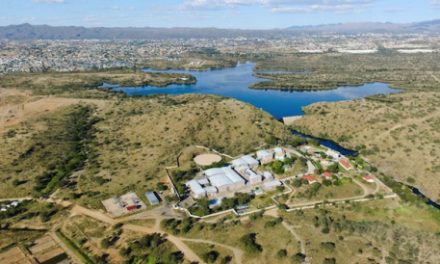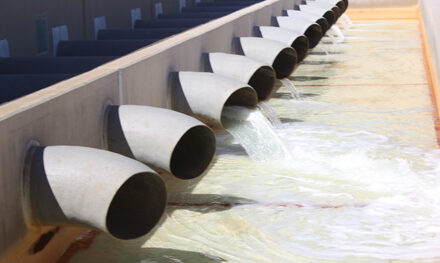
Initiative establishes protected landscape conservation areas

Michael Sibalatani, Project Manager of NAM-PLACE (Photograph by Hilma Hashange)
To combat this issue, the Ministry of Environment and Tourism with financing from the Global Environment Facility (GEF) together with the implementing agency,United Nations Development Programme (UNDP) is undertaking a five year project aimed at lifting barriers for the establishment of a large scale network of protected landscapes in the country.
Formed in 2011, the Namibia Protected Landscape Conservation Areas Initiative (NAM-PLACE) was implemented to establish protected landscape conservation areas and ensure that land uses in areas adjacent to existing Protected Areas are compatible with biodiversity conservation objectives and corridors are established to sustain the viability of wildlife population.
A Protected Landscape Conservation Area (PLCA) is defined as a cluster of different land units potentially under different tenure, which will have land-uses compatible with biodiversity conservation. According to NAM-PLACE Project Manager, Michael Sibalatani, the rationale behind PLCA’s is to adopt a landscape level conservation approach that goes beyond traditional protected area boundaries or communal conservancies by viewing landscapes as ecological blocks.
Sibalatani pointed out that barriers such as the absence of or limitations in developing partnerships for landscape management and inadequate governance framework for landscape level management, existed in the conservation of landscapes in the country.”NAM-PLACE is addressing these barriers by establishing new Protected Landscape Conservation Areas (PLCA’s), developing collaborative governance for the PLCA’s and providing incentives and marketing transformation,” he said.
NAM-PLACE has established five landscapes as demonstration sites, which are Mudumu Landscape, Greater Waterberg Landscape, Greater Sossusvlei-Namib Landscape, Greater Fish River Canyon Landscape and the Windhoek Green Belt Landscape. The project has undertaken baseline studies on Integrated Livestock and Rangeland Management for four of these conservancies and is currently undertaking research on the water quality and pollution in the Windhoek Green Belt Landscape. An environmental impact assessment and development of Environmental Management Plan for proposed waste management site in Mudumu landscape is currently in progress.
Sibalatani however stressed that due to lack of knowledge and inadequate research on landscape level, many people did not fully understand the concept of managing landscapes. He called on the assistance of the Ministry of Environment and Tourism to offer internship programmes for students to conduct research on landscapes.












































